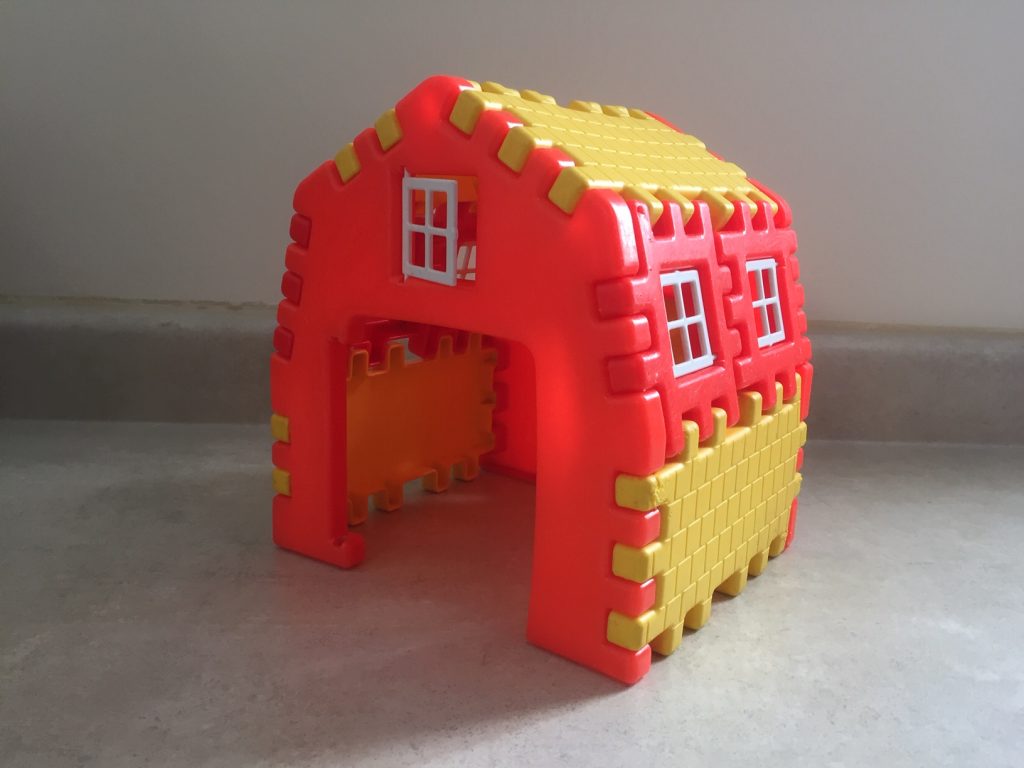

I’ve struggled with the labels, “planner” (or sometimes referred to as “plotter”, which sounds even worse) and “pantser”. For me, a planner sounds boring even though I love plans and structure. But in writing context, the term conjure up images of plodding along like the fabled turtle and although you might win the race, it’s kind of a boring journey. Where’s the excitement, the thrill? A pantser should be more fun but in the writing context, it sounds irresponsible. Like a partier who may be having the time of their life while writing their book but will wake up the next morning with a wicked hangover and realize most of what they wrote had nothing to do with their book and rambled in nonsensical manner in the light of day. I don’t like either label.
Then I heard someone use the words: “a discovery” writer verses “an architect” writer in an online lecture. These are the same concepts but the words helped me understand why and when you may choose one method over the other. Most of us are likely somewhere in between or may vacillate between these two methods in different stages of writing. Moreover both words sound so much better than planner and pantser.
Discovery is when you write without a plan to “discover” your characters and / or your plot. I imagine this as being a pirate in the high ocean or like being a road trip. You get in the car and even if you know where you want to go, you may not know which roads you’ll take nor where you’ll stop on the way. On impulse, you take side roads and veer through Risky Creek, winding along a steep canyon road just because it’s exciting.

The strength in this method is that you can discover your characters or plot though this process. You get surprised. I love road trips that aren’t planned out. On a road trip to the west coast, I discovered that there was a whole museum dedicated to spam! You find new places, new people and it can give your book a sense of wonder.
The weakness is obvious though: you can wander and never get to your destination. Pirates can get distracted by the lure of hidden treasure and may wander completely off course. That might be fine in a road trip but in a book, you eventually want to get to the end and if it takes 300,000 words to get there, you might lose your readers along the way.
The “architect” method appeals to me too. I like to imagine my book as house (or maybe castle). In the basement, I store all the stuff I know about the characters, the backstories, the things that happened before the book started. Their favourite childhood toy. Like a messy basement, it is best not to let the guests (ie. the reader) down there. This stuff is never directly in the book but forms the foundation.
If you have ever built a building (or a shed), you know how essential it is to make a solid foundation. It takes time that no one ever sees in the final product. If your foundation is weak or wonky, your structure will never be square and you’ll end up using tubes of caulking to fill in all the gaps. Worse, the whole thing might fall over in a wind storm. I have no experience in this, but I’ve heard it can happen.
The entranceway is the beginning of your story. It has to be inviting and draw the reader into the rest of the house. Just like in houses, there are certain elements that are important – things like rooms, doors, windows, staircases, walls. You can be creative within this structure but if you want a house and not a collection of piled up construction materials, you need to build these things. In writing, these things are scenes, inciting incident, climax, mid point, turning points, reveals. You have to space them out properly. Imagine a house where all the doors are along one wall and a staircase that lead no where; it would be bizarre and make no sense.
Understanding the strength and weakness of these two methods is important. I use both of them at different stages of my writing. Understanding both methods helps me to decide how to proceed in my writing.
If you feel stuck in your story, try doing some discovery writing. Take a character and write in first person, present tense. See what they do, who they are. Don’t worry about style – this is all about discovering who that character is, how they see the other characters – what they do. This is excellent 15 minute writing practice stuff (see my other blog). Putting a time limit on this writing can help prevent too much meandering.
If you feel your book is wandering and doesn’t seem to go anywhere, it’s time to put on your architect hat. What is foundation stuff? Put that in the basement where you never let anyone go (unless you really need to have a character peak down there). Draw out your three act structure with its inciting incident, mid point, climax and ending. Draw it like you would blue prints. Sketch. Visualize your novel as an architect. You’ll find your holes – you don’t have an inciting incident or a climax? Then you know how to wrangle your plot into something resembling a tumbled down castle (but that’s okay – those are cool too).
I think there is a time and place for both processes in your writing. Experiment and see what and when works for you.